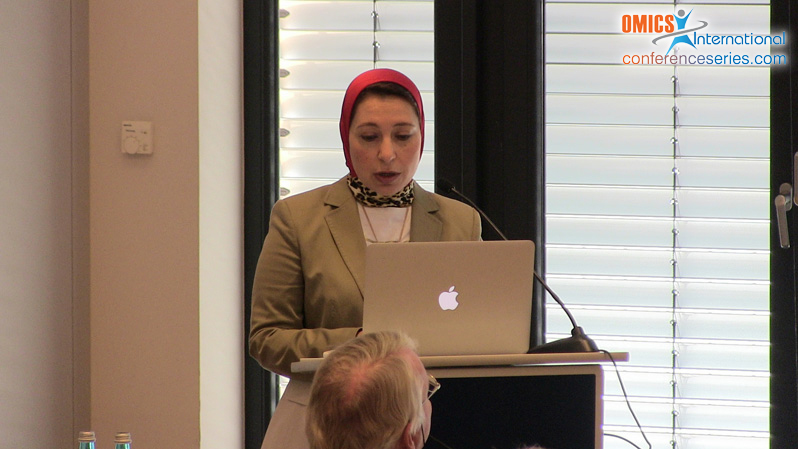
Mervat Kassem
Alexandria University, Egypt
Title: Biosurfactants Production by Bacillus Strain from an Environmental Sample in Egypt
Biography
Biography: Mervat Kassem
Abstract
With increasing environmental awareness and emphasis on a sustainable society in harmony with the global environment, biosurfactants are gaining prominence and have already taken over for a number of important industrial uses. They are produced by living organisms, for examples Pseudomonas aeruginosa which produces rhamnolipids, Candida (formerly Torulopsis) bombicola, which produces high yields of sophorolipids from vegetable oils and sugars and Bacillus subtilis which produces a lipopeptide called surfactin. The main goal of this work was to optimize biosurfactants production by an environmental Gram positive isolate for large scale production with maximum yield and low cost. After molecular characterization, phylogenetic tree was constructed where it was found to be B. subtilis, which close matches to B. subtilis subsp. subtilis strain CICC 10260. For optimizing its biosurfactants production, sequential statistical design using Plackett-Burman and response surface methodology, was applied where 11 variables were screened. When analyzing the regression coefficients for the 11 variables, pH, glucose, glycerol, yeast extract, ammonium chloride and ammonium nitrate were found to have a positive effect on the biosurfactants production. Ammonium nitrate, pH and glucose were further studied as significant independent variables for Box-Behnken design and their optimal levels were estimated and were found to be 7.328 pH value, 3 g% glucose and 0.21g % ammonium nitrate yielding high biosurfactants concentration that reduced the surface tension of the culture medium from 72 to 18.16 mN/m. Next, kinetics of cell growth and biosurfactants production by the tested B. subtilis isolate, in bioreactor was compared with that of shake flask where the maximum growth and specific growth (µ) in the bioreactor was higher by about 25 and 53%, respectively, than in shake flask experiment, while the biosurfactants production kinetics was almost the same in both shake flask and bioreactor experiments.

